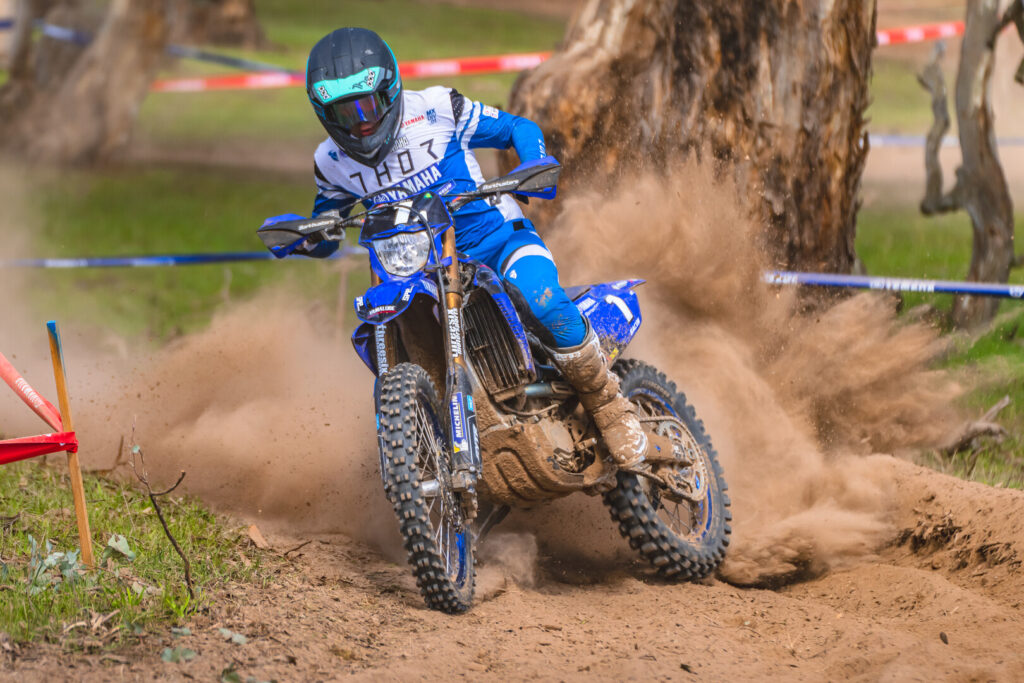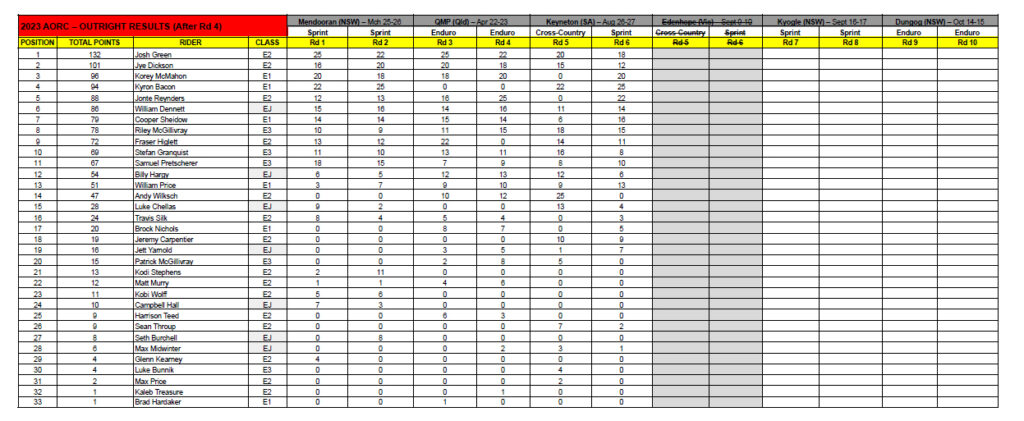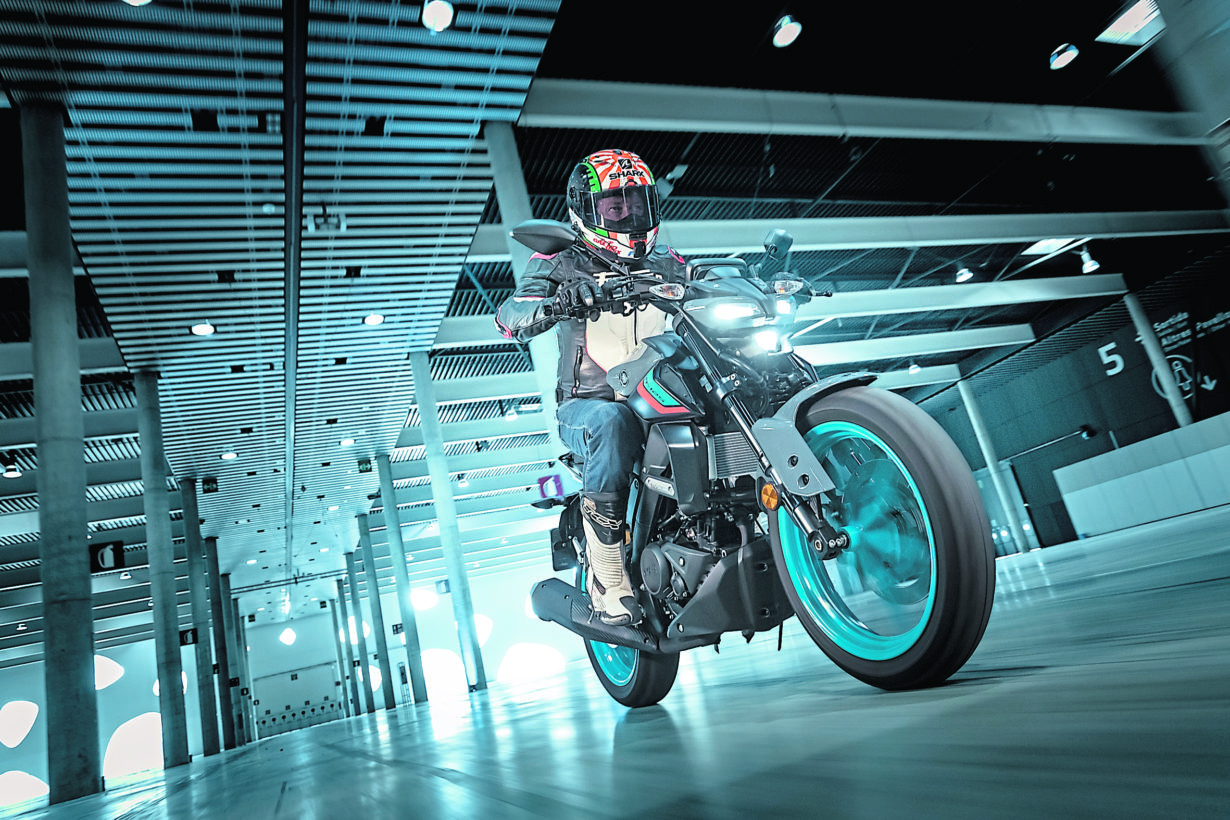Phrases: Andy Barlow Images: Andy McCandlish
Recommendation for driving sooner or dealing with extra technical trails is in every single place. YouTube movies, boards, books, journal articles even. Even on a gaggle experience with buddies, as quickly as you point out dabbing a foot somebody could have the right answer that may make it a lot simpler subsequent time. Phrases like “Hold your weight again”, and “Drop your exterior foot” are customary. They have a tendency to sound like the best issues to do on the time, however by some means don’t appear to work if you strive them on the path.
Over the subsequent few points we’re going to take a look at what your fellow riders imply by these widespread items of recommendation, and the way a lot of the message is being misplaced in translation. We’ll take a look at each in a bit extra context, and hopefully enable you to have the ability to talk higher your self, in order that the subsequent time you wish to give somebody recommendation you may say one thing extra helpful. That means you will get a greater understanding of what you might be really doing to remain in management on technical trails your self, and hopefully deliver your driving buddies on a bit faster too.
Out of context
The most important factor mistaken with a lot of the driving recommendation out there may be that it isn’t essentially mistaken, it’s simply given out of context. It’s important to keep in mind that a whole lot of your driving has develop into automated through the years, so issues like your physique place, or how your weight is distributed, are issues that you simply don’t essentially have to consider any extra. With these extra essential parts of your driving automated, the issues that you simply’re now desirous about aren’t essentially going to be that useful to somebody with much less expertise.

Everybody is aware of to not brake on the roots, however in case you can’t pull your brakes the place it’s slippery, then the place do you pull them? Maybe there’s a greater means of explaining it
“Brake the place it’s secure”
If a good friend of yours says that they’re having bother slipping on some roots on a path, you could be tempted to say one thing like “Simply keep off the brakes”. In spite of everything, you don’t brake when you’re driving over the roots do you? The issue is that there’s extra to it than that. As a way to keep in management over slippery roots, you must decelerate on the way in which in, you must get near the bike, you must drive your weight in opposition to the grippy bits, you must go lighter over the extra slippery options… There’s hundreds happening that you simply won’t even realise.
On high of that, the way in which that “Keep off the brakes” is obtained, is that the much less skilled rider doesn’t know that they should keep low or decelerate on the way in which in. They do the simple stuff at a snug velocity and arrive on the difficult part means too quick having missed the chance to wash momentum or arrange. Solely now on high of that they’re desirous about staying off the brakes. Inevitably their physique place begins to look tight and pressured, and on the slightest motion they do the one factor that’s going to make them really feel secure – they pull the brakes. Hopefully they keep on board, however on the subsequent alternative they chat with you about what occurred and the recommendation simply begins another time. In case you actually wish to assist them you’d really be higher saying “Do all of your braking the place it’s secure”. However except you’re a common reader of those articles you probably don’t take into consideration your driving this manner, as a result of slowing down on the way in which in has develop into automated for you.
Basic recommendation No1: hold your weight again (on steep trails)
Every time trails get steep, or there are rollable drops forward of you, the recommendation of holding your weight again pops up. That is comprehensible, and it type of is smart. In case you take a look at any succesful rider negotiating a drop off on a steep path there’s a second when they’re off the again of their bikes and their arms are at full extension.
The issue with desirous about steep trails this manner is that the picture of the rider being off the again is barely a tiny snapshot of a a lot wider vary of movement. They could appear like they’re hanging off the again on the worst a part of the drop, however they’re organising that most extension by doing one thing utterly totally different on the way in which in.

Fi is low on the entrance and opening up a lot room to let her arms fill the drop that’s approaching. Making ready like this on the way in which in will enable her to neutralise the characteristic and cease any undesirable rotation from taking her over the bars

Fi is prolonged right here along with her weight off the again, however she’s simply rolled her entrance wheel off a large drop and her rear wheel is but to fall. The moment it clears the drop and is beginning to stage out she might be again in a low place and prepared for the subsequent path characteristic
The sensation
Driving off the again appears to make sense initially. It’s defensive, and can really feel like you might be so far-off from the hazard that it should be safer. The issue with driving this manner is that it causes rotation. In case your arms are at full extension, and you might be already off the again of your bike, as your entrance wheel falls into something you’re going to get violently pulled ahead. If this occurs on a large enough drop, or a steep sufficient path, then that sudden ahead rotation might be sufficient to ship you over the handlebars.

Andy is about to move into a reasonably technical, twisty part right here. The path drops away after the stump, however continues to show because it does so. The one means he can keep composed right here is to open up all of the room he wants on the strategy. That means as his entrance wheel disappears off the drop he can use his arms to fill the hole that means he can proceed to show and stay in management
The proper method
Relating to steep trails or rollable drops the proper means of approaching them is to decrease your physique in the direction of the bike. Doing this on the way in which in will enable you a a lot greater vary of movement, and imply that as your entrance wheel repeatedly drops into holes, you’ve gotten sufficient room in your arms to fill that house and hold your body weight impartial. There could be moments when you’re at full extension, however keep in mind that it’s solely a fraction of a second, and that as quickly as your rear wheel rolls off the identical drop you’ll be again in a composed, low, prepared place along with your arms bent, your head over the stem, and your torso near the bike. Driving this manner will imply you are feeling like your body weight is impartial, and you’ve got extra time to see and react successfully to the subsequent impediment; reducing your perceived exertion.

This path is already pretty steep, and the drops have the potential to plunge a rider over the handlebars. Look how low Andy is on the entrance of his bike. This deliberate vary of movement will separate him from the rotation, permitting him to remain impartial
Conclusion
The proper means of driving steep trails and rollable drops is to consider methods to neutralise the ahead rotation {that a} extra inflexible physique place exaggerates. The following time somebody says “hold your weight again,” suppose: “Keep low and hold your weight impartial.”
Basic recommendation No2: pull on the bars (on quick drops)
If drops are too massive to roll, or if you’re going too quick to wish to drop your entrance wheel off the top, then a a lot better means of controlling them is to maintain your bike stage as you experience off them. In spite of everything, you are attempting to maintain each of your wheels stage within the air and keep away from any ahead rotation that could be induced in case your entrance wheel falls first. This may be finished in a number of other ways and the commonest means of explaining that is when riders say, “Pull on the bars”. Whereas this fast tug may work on a reasonably straight ahead drop off at velocity, it has its limitations and gained’t work in every single place, that means that you simply get caught brief on something however a quick, straightforward drop in a straight line.

Andy is utilizing a guide right here to barter a really difficult drop off over a stump. He set his guide up early with a low physique place, then swung his weight again neutralising the entrance wheel. The bend in his knees is giving him management of how lengthy the entrance wheel stays up, that means that he can deal with the step of the vanguard of the stump, and hold his entrance wheel within the air excessive of it until his again wheel has cleared the entire rise of the characteristic. He’s not pulling on the bars to do that. He’s driving his legs from beneath
The sensation
In case you come right into a easy, sooner drop the place you don’t need your entrance wheel to fall first, then in concept all it’s essential do is pull on the bars. In spite of everything this fast motion will hold your entrance wheel from dropping and imply that you would be able to let your rear wheel clear the characteristic earlier than each wheels come down collectively. The issue is when the drop is difficult, or if you aren’t going quick sufficient, or even when the drop is above a sure top. Add any complication to the path and the strategy of pulling on the bars will fall brief, and probably trigger extra rotation! What it’s essential do is hold the bike stage by driving it from beneath.

Beginning low is the important thing to opening up the momentum wanted to swing off the again. Bear in mind to get low on the entrance as effectively. The extra physique weight you may decide to the swing the simpler it should occur
The proper method
A a lot better means of neutralising that entrance wheel, and hold it stage within the air longer, is to grasp manuals. The additional you may guide, the longer you may hold your entrance wheel up, that means you may deal with greater or extra awkward drops with stability and precision. This all comes all the way down to beginning low within the first place, then throwing your weight again.

Swing off the again however keep low. This may enable an excellent bend in each of your knees. This additional room is what you’ll want to have the ability to ‘push’ along with your legs from beneath holding the entrance wheel within the air longer
This sudden shift of body weight off the again of the bike is commonly confused with a rider pulling on the bars, however in truth it’s the exact opposite – they’re pushing the bars away from them. Protecting your weight this low and off the again will counterbalance the entrance of your bike that means you should use your bent legs to truly drive the entrance find yourself from beneath. Practise this on the flat and you should use the very same method on essentially the most awkward of drops on the path.

Bear in mind to remain low holding your eye stage simply above your handlebars

Protecting a bend in each your knees on the tipping level offers you a lot extra room to have the ability to push with. This drive from beneath that your legs can provoke would be the key to staying in management, and holding your entrance wheel up for longer
Conclusion
The proper approach to hold your wheels stage off a quick drop is to start out low, swing your weight again, and push from beneath along with your legs. So the subsequent time somebody says “pull on the bars” to recover from one thing chunky, suppose: “Get low, swing again, and push along with your legs.”




























